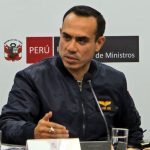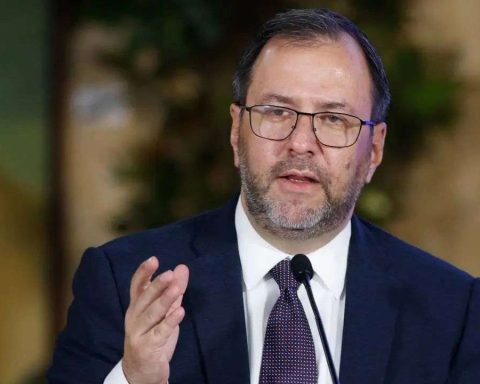Between 2021 and 2022, Argentina registered a 30% increase in the level of Internet connectivity of rural residents, which made it one of the countries in the region with the highest digital coverage.
In 2020, 65% of the rural population of Argentina – some 2.3 million people – did not have access to significant Internet connectivity.
Faced with this scenario, The national government -through various actors such as Enacom and INTA- began to work on the implementation of articulated actions to expand Internet services in the country.
In this way, the proposals worked on from 2021 had a positive impact since for the period 2021-2022 Argentina was among the Latin American countries with the highest rural connectivity with increases close to or greater than 30%according to a report prepared by the Inter-American Institute for Cooperation on Agriculture (IICA).
? IICA presented the study “Rural connectivity in Latin America and the Caribbean: current situation, challenges and actions for digitalization and sustainable development” in which the countries of high, medium and low rural connectivity were segmented into groups of the region. pic.twitter.com/Apc4Da1tiN
— IICA (@IICAnoticias) December 12, 2022
The data obtained correspond to available statistics on connectivity in the region regarding rurality and the combination with qualitative sources to reveal the experiences in development related to connectivity in the last two years.
In this sense, the IICA researcher and referent for the report, Sandra Ziegler, highlighted two main policies that caused the increase in rural connectivity in Argentina.
“Investment in fiber optic infrastructure that expands its extension in the country” and “the development of community networks for rural areas, works as one of the strategies that allows the arrival of connectivity where large companies do not usually invest “he said in dialogue with Télam.
In parallel, from the private and cooperative sectors, some small companies emerged that began to provide rural connectivity services at the local level.
The report mentions as one of the most influential measures the three credits approved by the Andean Development Corporation (CAF) -for a total of USD 544 million-, which will impact 12 million Argentines, promoting inclusion and digital modernization, the transformation education and infrastructure development, the investment for the operation of the ARSAT-SG1 geostationary satellite that will benefit 200,000 rural households in Argentina is also highlighted.
On the other hand, the International Finance Corporation granted a loan of USD 184.5 million to Telecom Argentina (Telecom) for the development of the areas furthest away from urban centers.
However, Ziegler said that although Argentina is among the group of countries with high levels of significant rural connectivity, “it is still necessary to expand this arrival because rural areas, especially remote ones, lack quality connectivity.”
Despite this improvement, the gap between urban and rural connectivity also grew slightly in this period, due to the high costs that exist for the development of the latter.
A work carried out by INTA at the beginning of 2021 made it possible to systematize information and obtain a referential panorama on 311 rural areas in 21 provinces, where it was recorded that more than 40% of these sites did not have an Internet connection.
With the aim of reducing these percentages, the agency promoted various projects to expand digital coverage and improve those that were already installed, among them the articulation and collaboration between different state administrations, government areas and local institutions to promote public policies that develop projects of connectivity and infrastructure in different regions of the country.
In 2022, one of the most significant initiatives carried out was carried out by the Secretary of Development Planning and Federal Competitiveness of the Ministry of Economy with financing from the World Bank, such as the Agro XXI Program, which has various objectives such as strengthening the INTA to develop a Rural Connectivity Plan (rural electrification, rural roads and digital network).
Another of the lines of action was the consolidation of a common strategy between public organizations to channel projects and public policies of federal development, roots and productivity as well as with the private sector.
This situation “implies carrying out a common strategy to channel projects and public policies of federal development, roots and productivity through the assembly of a multidisciplinary table,” said INTA in the report.
From the private sector, the Argentine satellite internet company Orbith launched a service aimed at medium-sized and large agricultural and agro-industrial firms, located in rural areas, which allows them to communicate via IP telephony, make video calls, use cloud storage, monitor cameras remotely and collaborate online.
While Syngenta developed the Cropwyse digital agriculture platform, which makes it possible to manage the variables of the entire agricultural cycle from a computer or cell phone, connects knowledge and data, and allows decisions on sustainability and productivity to be made.
Lastly, IICA said that in order to continue making a significant leap forward in terms of connectivity in Argentina, it is necessary to intensify investments in infrastructure, review the regulatory frameworks to favor the expansion of connectivity, and generate policies that lead to Internet providers can reach rural areas.


















